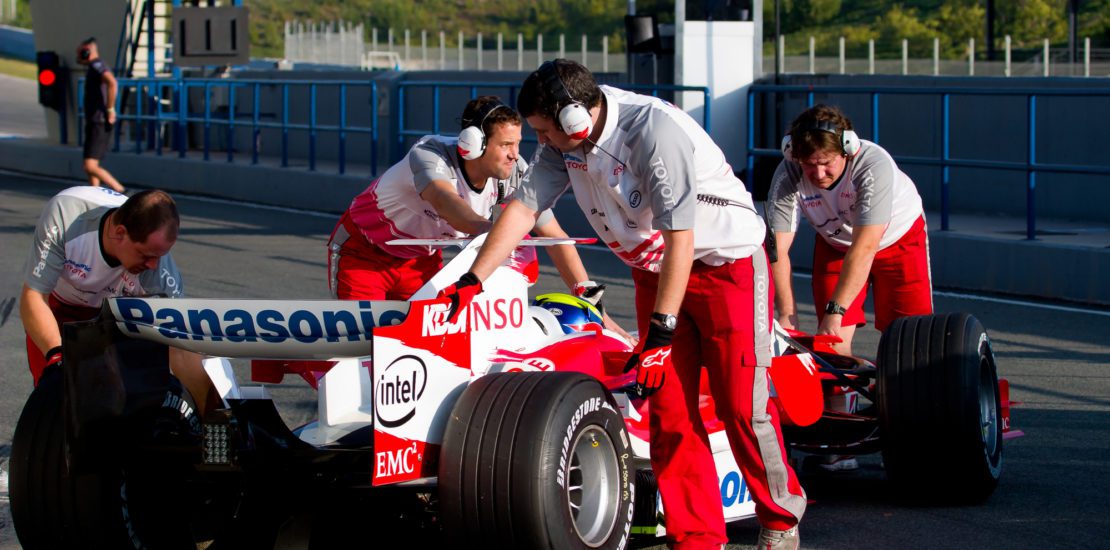- April 14, 2022
- Posted by: sadie
- Category: Culture improvement, leadership, Uncategorized

The Interdependent Team – Stay in Your Lane!
This is a statement I’ve had several clients express lately, when speaking about interdependent teams and the way their leadership team is functioning – or should function. I think they thought it was a good thing to do – you stay in your lane, and I’ll stay in mine. To me, it sounds like a slightly more polite version of “Mind your own business”! And surely that’s not a good message.
To put this in perspective, let’s look at three team models:
- The Dependant Team – the Team Leader calls the shots, and you don’t make a move until instructed. This model works well in law enforcement and the military. We saw a dramatic example when we watched the police clearing the protesters in Ottawa. The police were well equipped with communication gear and moved in tight unison, and on command.
- The Independent Team – every member of the team does his/her own thing, If and when they see fit. There is a minimum of communication within the team, and this is the most likely setting for the statement “Stay in your lane!”. It’s really more of a warning than anything else. A good example of this model is a track and field team – the performance of one individual is not dependent on the other team members.
- The Interdependent Team – every member of the team has unique but complementary skills to the other members of the team. In this model, it’s essential to have the right people in the right jobs, with clearly defined roles, operating with a high level of trust, and powerful 2-way communication. A good example of an interdependent team is a Formula 1 car racing team. Watching a pit stop is like seeing poetry in motion.
Clearly, each model has its place, but let’s talk about the interdependent team and the insurance brokerage leadership team.
Which model works best?
Smaller brokerages of 20 or fewer employees may not have a leadership team and the one or two owners often operate as a benevolent Dependent Team. This can work very well, but can make it very difficult, if not impossible, to scale the business.
Once the brokerage grows past 20 employees, it becomes apparent that there are 9 leadership roles to be filled – CEO, Finance, HR, IT, Sales, Marketing, Service, Admin and Claims.
Some of these roles can be performed by the same person. For example, Sales and Marketing, or Service and Admin. Others, like Sales and Service, not so much.
The complexity of the enterprise increases significantly. Putting the right people in the right jobs and selecting the right team model becomes crucial.
Let’s assess the suitability of each model:
- The Dependent Team – this is Jim Collins’ ‘genius with a thousand helpers’. The brokerage is only as good as the person giving the orders. Decision making can be slow, and succession often fails.
- The Independent Team – this is the ‘stay in your lane’ scenario. Each member of the leadership team sinks or swims on their own, and internal competition combined with office politics can create a toxic culture.
- The Interdependent Team – this is the ‘1+1=3’ scenario. The members of the team put the interests of the team before their own interests. Each member, while primarily focussing on their own responsibilities, can tap into the wisdom of the entire team. Everyone contributes, and great things can be accomplished.
It seems to me that effectively leading an insurance brokerage these days involves an awful lot of fast turns and speedy pit stops. If I were the CEO, I think I’d want to be a Formula 1 team.
I’m voting for the Interdependent Team model, and I’d be prepared to painstakingly get the right leaders in the right jobs, based on Natural Talents, build a high level of trust and communication, and experience the sheer joy of being a member of a high-performance team!
What model will your team follow?
